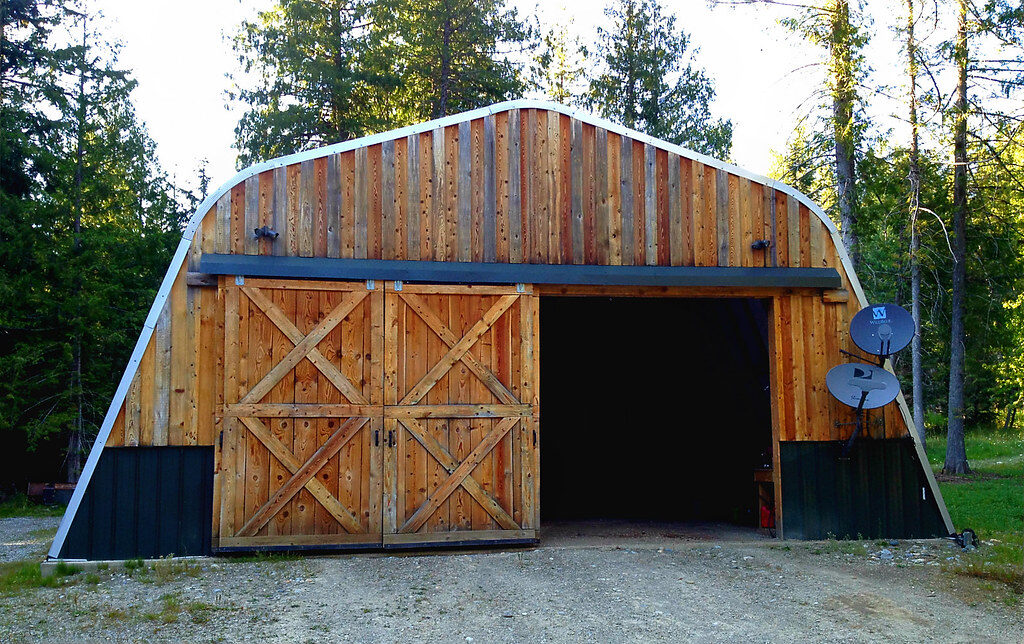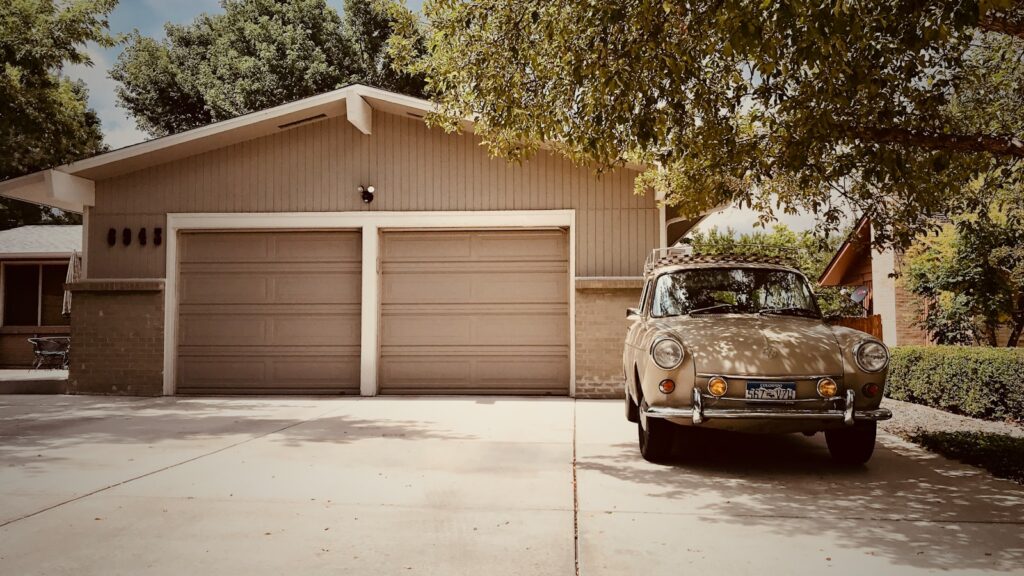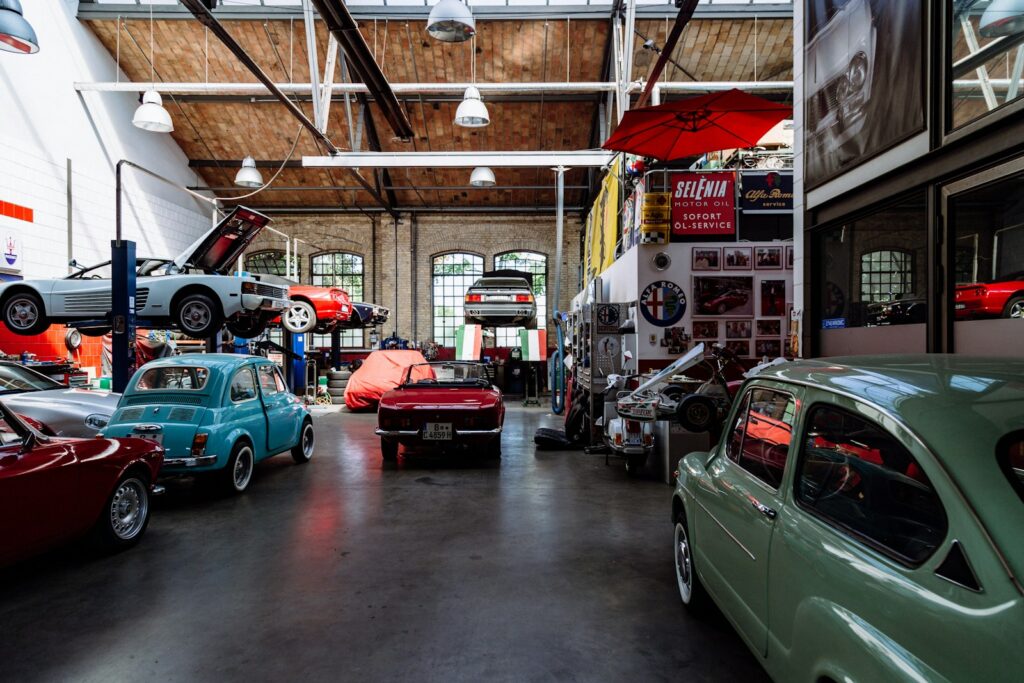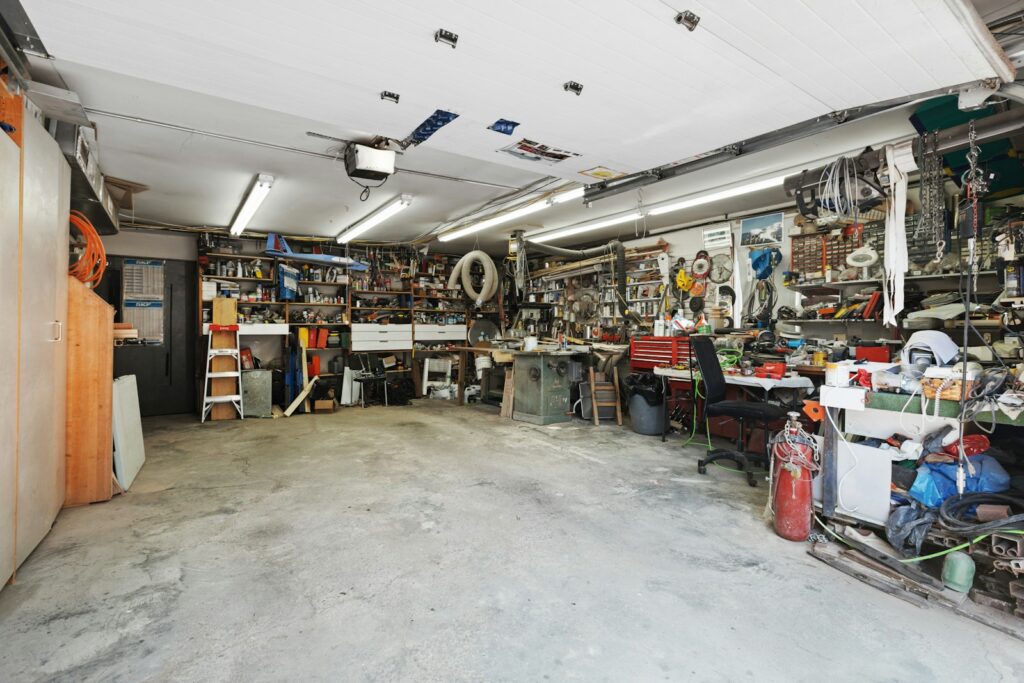If you have ever stepped into a brand-new home and noticed that the garage walls are bare or unfinished, you are not alone. Many homeowners wonder why builders, who seem to pay attention to every detail inside the house, often leave the garage looking like an afterthought. The truth is, this choice is rarely due to negligence. It is a practical decision based on cost, purpose, and construction standards. Garages are typically treated as functional utility spaces rather than living areas, so builders focus their time and budget on the rooms that directly affect comfort and resale value. Understanding the reasoning behind this practice can help homeowners decide whether finishing or painting the garage is worth the investment later on.
1. Garages Are Considered Non-Livable Spaces

Builders generally classify garages as non-livable areas, meaning they are not intended for daily comfort or aesthetic enjoyment like living rooms or bedrooms. Because of this, building codes and design priorities treat garages more like storage or utility zones. The main focus is functionality, providing safe shelter for vehicles, tools, and equipment. Since these spaces do not require insulation or interior finishes by regulation, builders allocate their efforts toward areas that directly impact the home’s livable appeal. This classification helps keep construction costs manageable while still ensuring the structure meets all safety and durability standards expected of modern homes.
2. Cost Efficiency and Budget Priorities

Home construction follows a strict budget, and every additional feature, such as finishing drywall or painting garage walls, adds to overall costs. Builders aim to deliver homes that balance quality and affordability, so they often cut back on nonessential details that do not affect structural integrity. Since most homeowners prefer to handle garage customization later, builders focus on key living spaces where finishes significantly influence buyer satisfaction. This approach allows developers to maintain competitive pricing while giving homeowners the flexibility to decide how much they want to invest in their garage’s appearance once they move in and define its intended use.
3. Moisture and Temperature Fluctuations

Garages are exposed to more extreme temperature and humidity changes than other parts of a home, making them less ideal for painted or finished surfaces. Cars bring in rainwater, road salt, and dirt, which can cause moisture buildup and damage wall finishes over time. Paint or drywall compound may peel, crack, or develop mold if not properly protected. For this reason, many builders leave garage interiors bare, allowing homeowners to apply specialized coatings or finishes suited for these harsher conditions later. It is a practical decision that ensures durability and reduces the likelihood of maintenance issues related to environmental exposure.
4. Homeowners Prefer Personal Customization

Many homeowners view the garage as a personal project space, whether for storage organization, workshops, or hobby areas. Builders often skip finishing the space because buyers usually prefer to customize it themselves after moving in. Some might want durable epoxy coatings, others may install shelving or insulation, and some may even convert the garage for alternative uses. By leaving the space unfinished, builders provide a blank canvas that allows flexibility for future improvements. This approach also prevents wasting materials or labor on features homeowners might later alter, ensuring the space truly fits their preferences and lifestyle needs.
5. Building Codes Do Not Require It

In most cases, local building codes only require that garage walls adjacent to living spaces be fire-rated for safety, not fully finished or painted. As long as the drywall provides adequate fire protection, no further work is necessary. This regulation gives builders the freedom to leave other walls bare without violating any legal or safety standards. Painting or texturing the surface becomes an optional aesthetic upgrade rather than a construction necessity. By adhering to code while keeping expenses low, builders can deliver homes efficiently without compromising safety, leaving the decision to finish the garage entirely up to the homeowner.
Comments